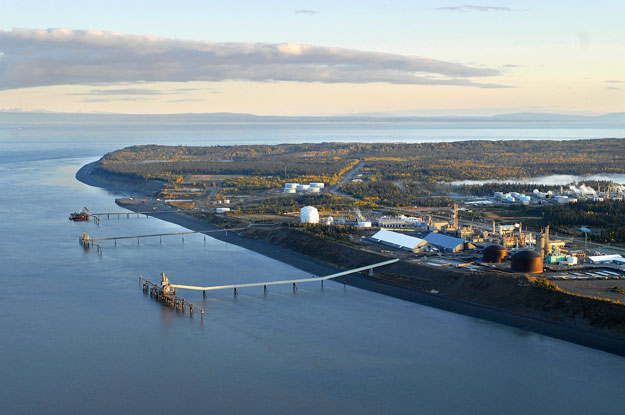In the new issue of Americas Quarterly, we asked people, “What would you tell the next U.S. president about Latin America?” To see other authors’ responses, click here.
Dear Mister / Madam President,
It is often said that you can’t have your cake and eat it too. However, with respect to energy policy and Latin America, you can have both. Here’s how: Thanks to the abundance of cheap domestic natural gas flowing from the shale revolution, the U.S. can become a major energy exporter to Latin America and the Caribbean. By opening up new markets for its enormous gas reserves, the U.S. can forge closer commercial relationships throughout the Americas and enhance regional economic and political stability — while reducing greenhouse gas emissions and improving air quality.
Currently a substantial portion of electric power in Latin America is generated by oil-fired power plants. Even with the recent drop in oil prices, the cost of electricity in much of Latin America remains significantly higher than in the U.S. Oil-fired plants emit approximately 44 percent more carbon dioxide than gas plants, and they also emit more nitrogen oxide, particulate matter and sulfur oxide than natural gas. At a modest cost, these plants can be converted to burn cheaper and cleaner natural gas.
With U.S. domestic gas prices expected to remain in the range of $2 to $4 per MMBTU for the foreseeable future, an increase in gas imports from the U.S. can significantly lower electricity bills for Latin American consumers—as they have done in the U.S., where roughly 33 percent of electric power generation now comes from gas-fired plants. A 2015 report prepared for the Inter-American Development Bank (IDB) on deploying natural gas in the Caribbean estimated that replacing fuel oil with natural gas could reduce electricity costs by over 20 percent in some countries. Just as importantly, there would be reductions in greenhouse gas emissions as power plants convert to less carbon-intensive natural gas and, as manufacturing facilities expand or relocate due to low fuel and electricity costs, more high-quality jobs would become available. Finally, government finances, particularly in poorer countries in Central America and the Caribbean, will benefit from reduced petroleum imports.
The challenge of transporting low-cost U.S. gas to Latin America can be met by liquefying the gas and shipping it. The costs of liquefied natural gas (LNG) delivery to Latin America and the Caribbean, including liquefaction, shipping, storage and regasification, are likely to be in the range of $6 to $9 per MMBTU. At these prices — and even with a modest rebound in oil prices, as projected in most forecasts — natural gas offers a compelling long-term alternative to fuel oil to fire the region’s power plants. But continued support for U.S. domestic production is crucial.
Any major impediments to domestic production of shale gas would erode the competitive cost of U.S. gas on global markets. You should make streamlining the process of approving LNG export facilities a priority. The current permit process is too costly, time- consuming and uncertain. The new administration should also work closely with Latin American governments to foster the infrastructure required for increased LNG imports, including more receiving terminals, storage tanks and related pipelines.
This LNG infrastructure requires sizable funding. The private sector should lead the way, but public-private partnerships can play an important role in facilitating the necessary investments. The U.S government should work with multilateral institutions such as the IDB and the World Bank to identify opportunities and provide financial incentives for both creating LNG infrastructure and converting individual power plants from oil-fired to natural gas.
Beyond the mutual advantages of a cheap and relatively cleaner energy source, there are longer-term benefits to increasing U.S. gas exports to the region. South and Central America have been a major market for the export of U.S. goods, with the U.S. running an annual trade surplus of over $37 billion in 2015. As natural gas becomes widely embraced in Latin America, and individuals have greater purchasing power due to cheaper electricity, U.S. companies will encounter an even more receptive market for additional exports. The strong existing economic, cultural, social and family ties between the U.S. and Latin America will continue to solidify and U.S. influence in the Americas will grow. Madam or Mr. President, enjoy your cake and eat it too.
—
Gluski is president and CEO of The AES Corporation. Gluski has served as an expert witness at U.S. congressional hearings on the subject of energy policy and Latin America and he currently serves on President Barack Obama’s Export Council, the U.S.-Brazil CEO Forum, and the U.S.- India CEO Forum. He is chairman of the Americas Society and Council of the Americas.





